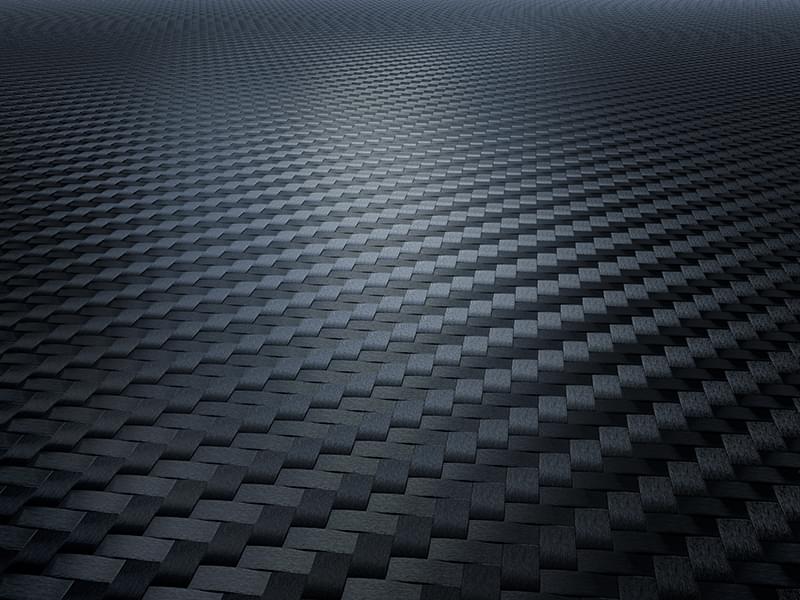Q&A: Composite Materials

Learn about the unique qualities and applications of composite materials in this Q&A from the materials experts at Smithers.
What is a composite material? What is it comprised of?
A composite material is comprised of at least two different materials. The result is a material that usually has superior qualities when compared to its individual ingredients. A composite material may be stronger, lighter, stiffer, and resistant to electricity or corrosion.A common type of composite is a fiber-reinforced plastic (FRP) composite. FRP composites usually consist of a carbon, glass, aramid, polymer, or natural fiber that acts as a reinforcement to a polymer matrix. These materials can be thermosetting or thermoplastic in nature. Reinforcements can be continuous or chopped depending on the required performance.
Why would a manufacturer choose a composite over another material?
Composite materials are extremely versatile and efficient due to the materials and manufacturing processes used to create them. There are a few properties that make composite materials an attractive choice:Composite materials are generally lighter. Lightweighting is an increasingly common practice for many industries, and choosing a composite is a reliable way to reduce weight.
A composite material typically offers a more durable solution when compared to a traditional, heavier material due to improved stiffness and strength. Crash worthiness is increased two-fold for a thermosetting composite and seven-fold for a thermoplastic composite. Carbon fiber-reinforced (CFR) polymers can be up to five times stronger than steel at only 20% of the weight.
How are composites being used? What are their common applications?
Composites are used in many different industries, including health and medicine, sports and leisure, transportation, sustainable energies, and even Formula 1 racing. A few specific examples:- Aerospace: fuselages, wing skins, wing spars and ribs, spoilers, flaps, winglets, nacelles, vertical stabilizers, center hinge fittings, air ducting, flooring, window trim, sets, galleys, and sidewall panels.
- Automotive: underside safety shields, battery cases, suspension steering components, seat panels, and interior trims.
- Energy: Flexible risers, flow lines, pressure vessels, and drill pipes.
How are composites tested?
Composite testing is complex. A number of factors need to be considered when developing a testing plan for a composite material: the orientation of the material in service, the properties of the material, the unique stressors it will encounter. Testing considerations may also differ based on whether you’re testing for material or structural properties.Proper sample preparation is critical to achieving high-quality data that accurately represents the material’s performance. Smithers has a dedicated team of highly experienced sample prep technicians who can take steps to ensure the best possible data for your testing program.
Smithers' diverse testing capabilities and expertise cover everything from chemistry to material development and final product validation. Our technical capabilities can be applied to many challenges in the development process across many industries.

